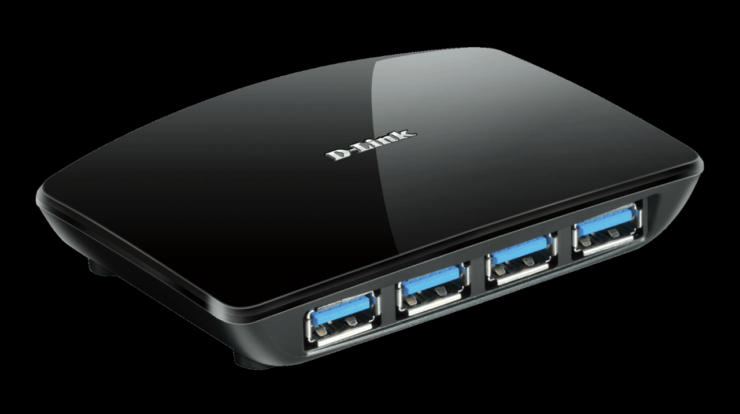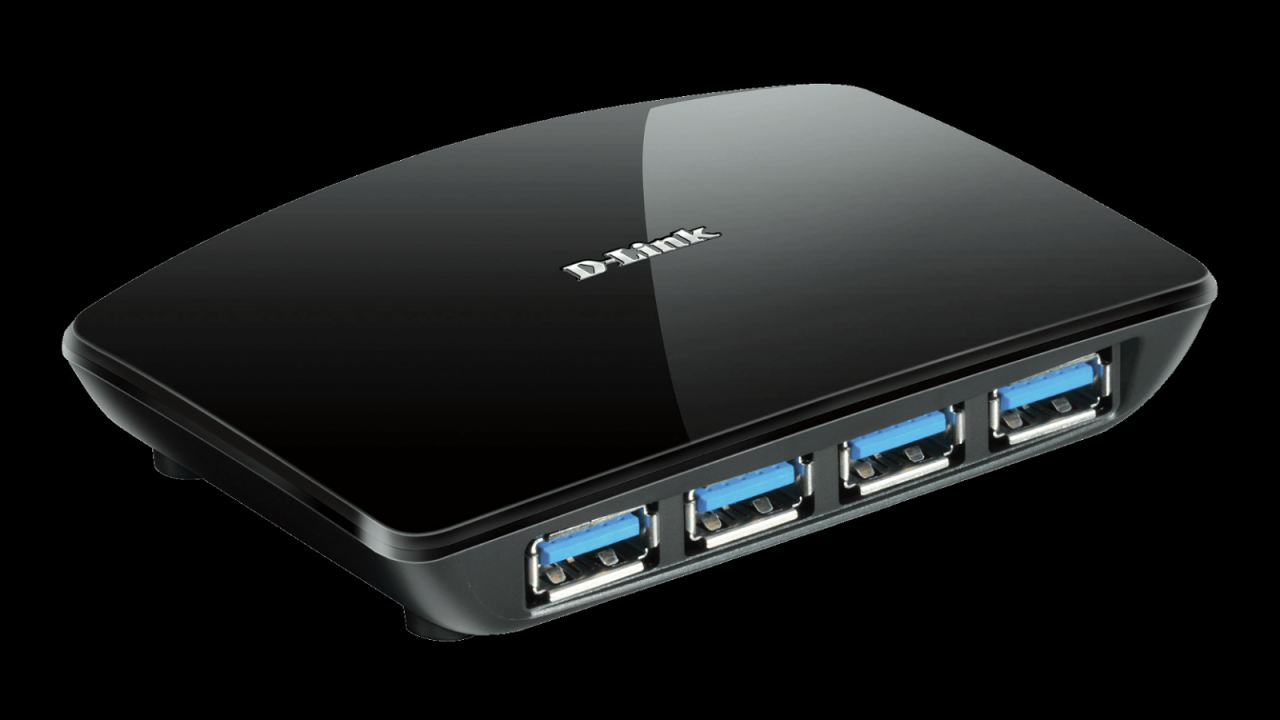
Embark on a comprehensive exploration of ‘hub def,’ a concept that underpins the interconnectedness and efficiency of modern society. From transportation hubs that facilitate seamless travel to technological hubs that drive innovation, hubs play a pivotal role in shaping our world.
In this in-depth analysis, we delve into the etymology, types, characteristics, benefits, challenges, and future prospects of hubs, providing a comprehensive understanding of their significance and impact.
Definition of Hub
A hub is a central point or place from which other places or activities radiate or are connected. It can be a noun or a verb, with distinct meanings in each context.
As a noun, “hub” refers to a device or structure that serves as a central connection point for multiple other devices or components. In this sense, it acts as a conduit for the flow of information, energy, or physical objects.
As a verb, “hub” means to connect or converge at a central point. It implies the gathering or concentration of people, activities, or resources towards a single location or purpose.
The word “hub” has its origins in the Old English word “hob,” which referred to a metal band encircling the axle of a wheel. Over time, the term evolved to describe any central point or object around which other things revolve.
Types of Hubs
Hubs can be categorized into various types based on their purpose and function:
- Transportation hubs:These are central points for the movement of people and goods. They include airports, seaports, railway stations, and bus terminals.
- Technological hubs:These are concentrations of high-tech industries and research institutions. Examples include Silicon Valley in the United States and Shenzhen in China.
- Social hubs:These are places where people gather for social interaction and community building. They can be physical spaces like community centers or online platforms like social media.
Characteristics of Hubs
Hubs typically share certain common characteristics that contribute to their functionality:
- Connectivity:Hubs are characterized by their ability to connect multiple entities, facilitating the flow of information, energy, or physical objects.
- Centralization:Hubs are often located at a central point or location, making them easily accessible from various directions.
- Activity level:Hubs are typically characterized by a high level of activity, with a constant flow of people, goods, or information passing through them.
Benefits of Hubs
Hubs offer numerous benefits, including:
- Increased efficiency:Hubs streamline the flow of information, energy, or physical objects, leading to increased efficiency and productivity.
- Improved accessibility:Hubs provide a central point of access to various services, resources, or destinations, making them more accessible to users.
- Enhanced collaboration:Hubs foster collaboration and knowledge sharing among individuals or organizations, leading to innovation and progress.
For example, transportation hubs have improved the efficiency of global trade and travel, while technological hubs have played a crucial role in the development of new technologies and industries.
Challenges of Hubs
Hubs can also face certain challenges:
- Congestion:High levels of activity at hubs can lead to congestion and delays, especially during peak periods.
- Dependency:The concentration of activities or resources at hubs can create a dependency on their functionality, making them vulnerable to disruptions.
- Competition:Hubs often compete with each other for resources, investment, and customers, leading to potential conflicts and challenges.
To mitigate these challenges, strategies such as capacity expansion, diversification, and collaboration can be implemented.
Examples of Hubs, Hub def
| Type of Hub | Examples | Key Features |
|---|---|---|
| Transportation Hubs | – Heathrow Airport (London)
|
– High passenger and cargo volumes
|
| Technological Hubs | – Silicon Valley (United States)
|
– Concentration of tech companies and startups
|
| Social Hubs | – Community centers
|
– Spaces for social interaction and community building
|
Future of Hubs
The future of hubs is likely to be shaped by technological advancements and changing societal needs:
- Smart hubs:Emerging technologies like IoT and AI will enable the development of smart hubs that optimize connectivity, efficiency, and sustainability.
- Multimodal hubs:Hubs will increasingly integrate different modes of transportation, providing seamless and convenient travel experiences.
- Virtual hubs:The rise of virtual reality and remote work will lead to the creation of virtual hubs that connect people and businesses from anywhere in the world.
Outcome Summary: Hub Def

As hubs continue to evolve, their role in fostering connectivity, collaboration, and innovation will only grow. By addressing challenges and embracing emerging technologies, we can harness the full potential of hubs to create more efficient, accessible, and vibrant communities.
Query Resolution
What is the etymology of the word “hub”?
The word “hub” originates from the Middle English word “hubbe,” which means “center” or “main part.”
What are the key characteristics of a hub?
Hubs are characterized by their connectivity, centralization, and high activity level.
What are the benefits of hubs?
Hubs offer increased efficiency, improved accessibility, and enhanced collaboration.
What are the challenges associated with hubs?
Hubs can face challenges such as congestion, dependency, and competition.
What is the future of hubs?
The future of hubs lies in embracing emerging technologies and fostering innovation to create more efficient and sustainable models.





